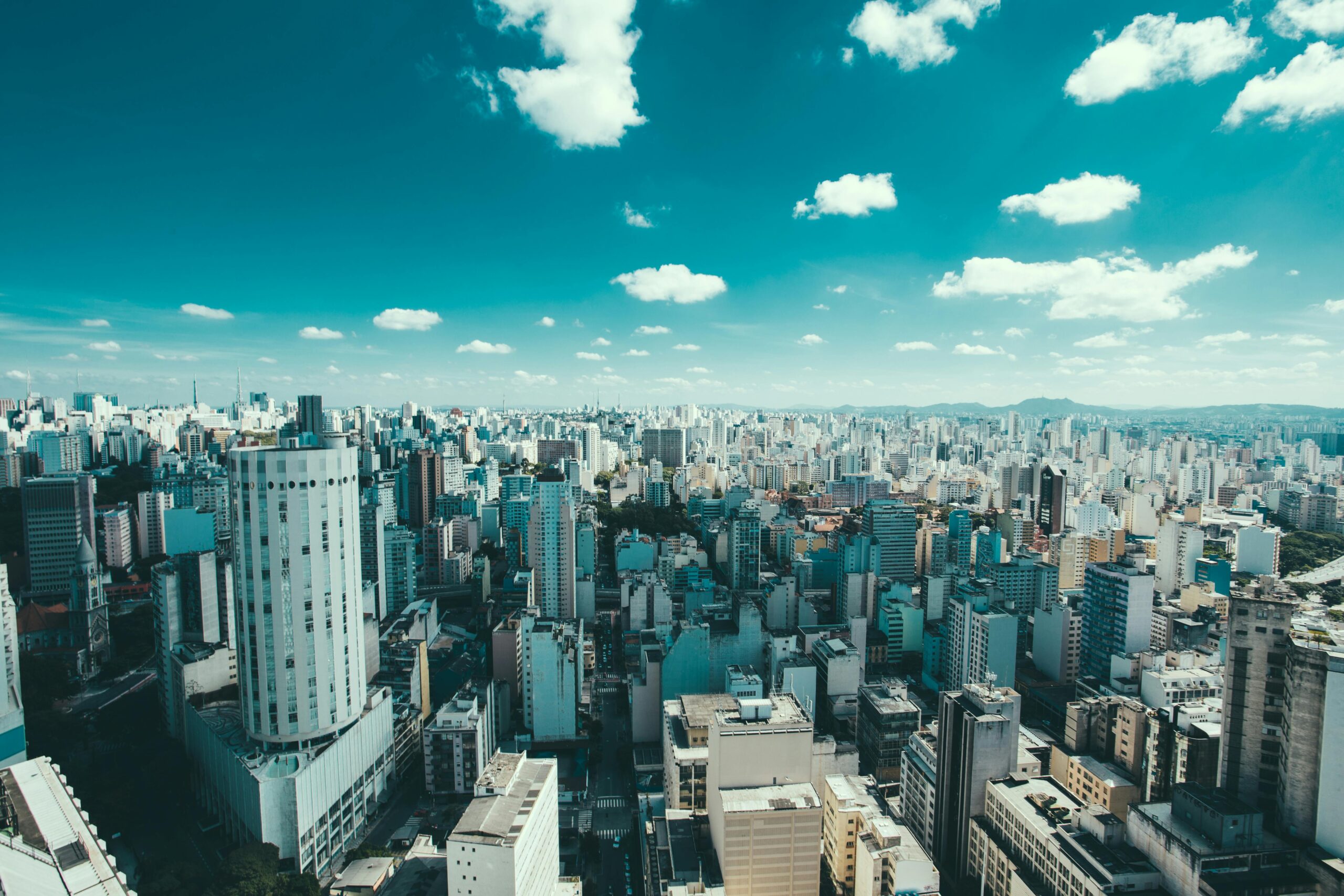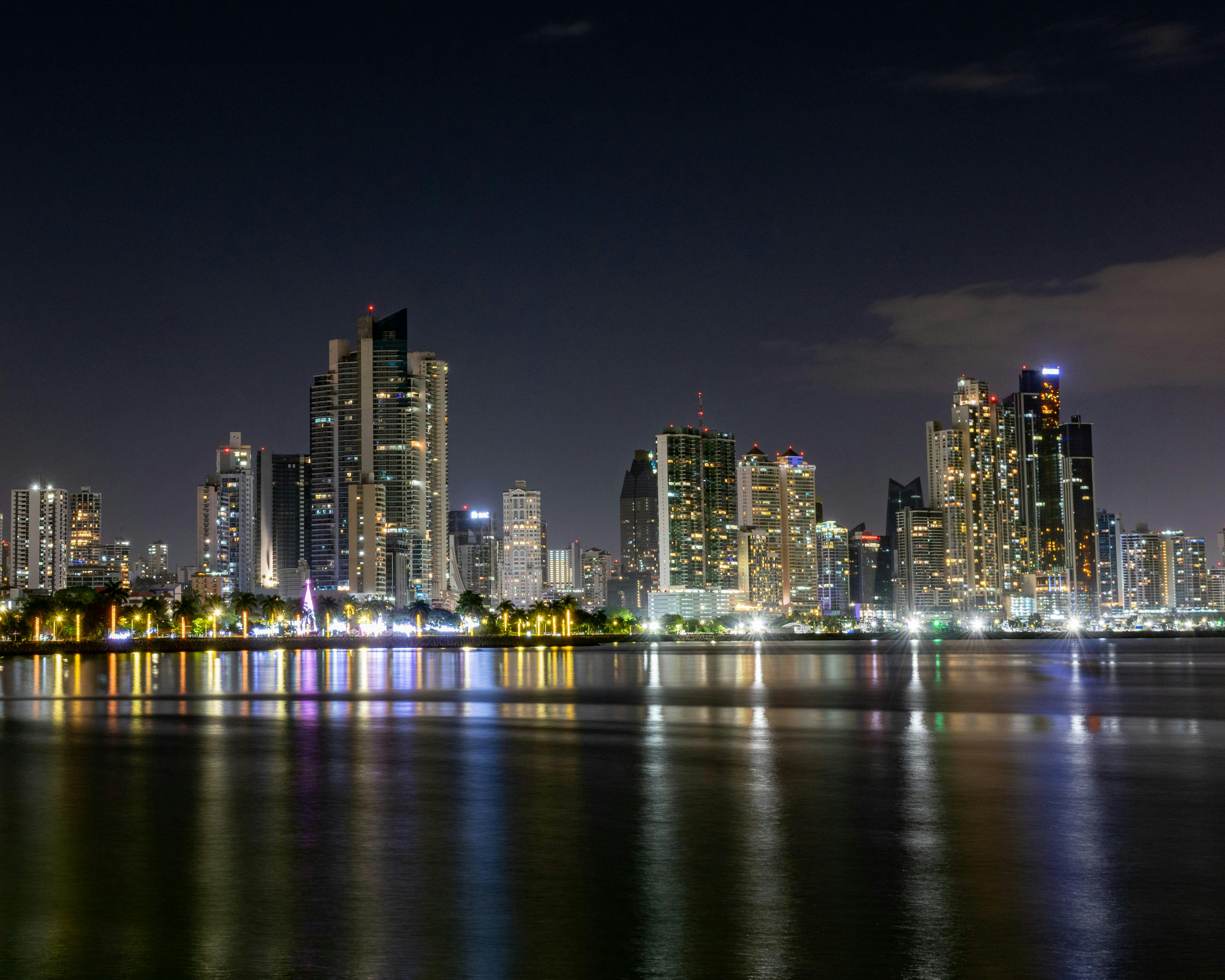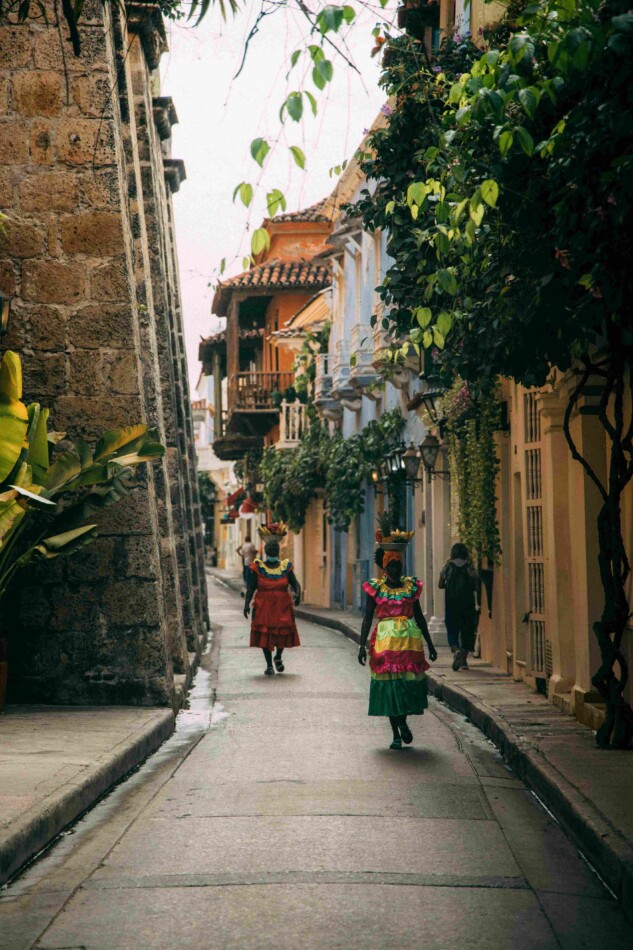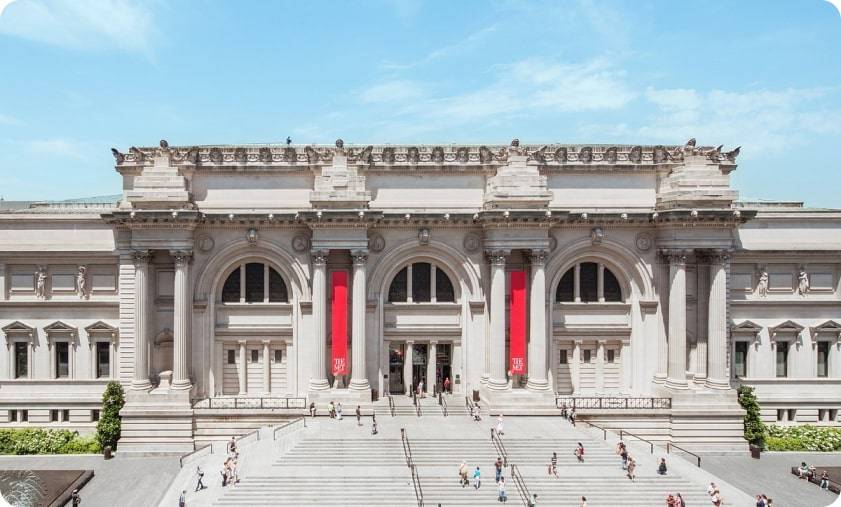Mexico City Travel Guide: Top Attractions, Best Restaurants, and Hidden Gems
Mexico City, one of the largest and most dynamic cities in the world, offers a perfect blend of history, culture, art, and culinary delights. From ancient Aztec ruins to contemporary art galleries and world-class restaurants, this vibrant capital city has something for every traveler. Whether you’re a history buff, foodie, art lover, or adventure seeker, Mexico City will captivate you. This comprehensive guide will walk you through the top attractions, the best restaurants, and the hidden gems that make Mexico’s capital a must-visit destination.
1. Top Attractions in Mexico City
Chapultepec Castle (Castillo de Chapultepec)
Set atop Chapultepec Hill, Chapultepec Castle is a historical treasure offering both stunning views and rich history. Once the residence of Mexican emperors and later presidents, the castle is now home to the National History Museum. Wander through its grand halls, learn about Mexico’s history, and stroll through the beautiful surrounding gardens.
- Why visit: Panoramic views of the city, fascinating history, beautiful architecture.
- Tip: Arrive early to avoid crowds and enjoy the peaceful gardens.
The Zócalo (Plaza Mayor) and the National Palace
The Zócalo is the heart of Mexico City and one of the largest public squares in the world. Surrounding it are some of the city’s most iconic landmarks, including the National Palace and Metropolitan Cathedral. The square comes alive with festivals, concerts, and cultural events, offering a glimpse of Mexico’s vibrant culture.
- Why visit: Historic center of the city, incredible architecture, cultural events.
- Tip: Don’t miss Diego Rivera’s murals inside the National Palace.
Frida Kahlo Museum (Casa Azul)
Located in the charming Coyoacán district, the Frida Kahlo Museum, also known as La Casa Azul, is dedicated to the life and works of the legendary Mexican artist. The museum is housed in Kahlo’s former home, where you can see personal artifacts, paintings, and the famous blue walls that defined her artistic identity.
- Why visit: Explore the life of Frida Kahlo, see iconic works, and immerse yourself in the artist’s world.
- Tip: Purchase tickets in advance as this popular attraction often sells out.
Teotihuacan Pyramids
Although not within the city limits, the Teotihuacan Pyramids are a must-see day trip from Mexico City. Just an hour away, these ancient ruins include the Pyramid of the Sun and Pyramid of the Moon, which offer a fascinating insight into one of the largest and most influential ancient Mesoamerican cities.
- Why visit: A UNESCO World Heritage site, incredible ancient architecture, and panoramic views.
- Tip: Climb both pyramids for the best views and a truly awe-inspiring experience.
Palacio de Bellas Artes
A masterpiece of architecture, the Palacio de Bellas Artes is an iconic cultural venue in Mexico City. Inside, you’ll find murals by famous Mexican artists like Diego Rivera and David Alfaro Siqueiros, as well as stunning performances in opera, ballet, and classical music.
- Why visit: Art lovers will adore its murals, sculptures, and world-class performances.
- Tip: Visit during the day to appreciate the architecture or catch a performance in the evening.
2. Best Restaurants in Mexico City
Pujol
Ranked among the top 50 restaurants in the world, Pujol by Chef Enrique Olvera offers a modern twist on Mexican cuisine. The tasting menu features innovative takes on traditional dishes like mole and tacos, offering an unforgettable dining experience.
- Why eat here: Cutting-edge Mexican cuisine with local ingredients.
- Tip: Make reservations well in advance, as this is one of Mexico City’s hottest dining spots.
Quintonil
Another gem in Mexico City’s culinary scene, Quintonil offers contemporary Mexican cuisine with a focus on fresh, local ingredients. The restaurant’s tasting menu is a must-try, featuring dishes inspired by Mexico’s diverse regions.
- Why eat here: High-end dining that celebrates Mexican flavors and local ingredients.
- Tip: Don’t miss the cactus sorbet for dessert—it’s a true masterpiece.
El Cardenal
For a more traditional experience, El Cardenal is a beloved restaurant known for its classic Mexican breakfasts. Their chilaquiles, tamales, and fresh pan dulce are the perfect way to start your day in Mexico City.
- Why eat here: Traditional Mexican breakfast fare, famous for its fresh bread and pastries.
- Tip: Visit for breakfast or brunch, as it gets quite busy during lunch hours.
Lalo!
For a more casual yet delicious meal, Lalo! offers a fun, vibrant atmosphere and excellent food. Their tacos de pastor, sopes, and guacamole are some of the best in the city, and the cocktails are equally impressive.
- Why eat here: Delicious Mexican street food in a relaxed, casual setting.
- Tip: Great spot for dinner with friends or a group.
3. Hidden Gems in Mexico City
Xochimilco Canals
While not exactly a secret, Xochimilco remains a quieter, more tranquil escape from the city’s hustle and bustle. Take a colorful trajinera boat ride through the canals, where you can enjoy local snacks, drinks, and mariachi music while floating through the lush landscape.
- Why visit: Peaceful boat rides, picturesque canals, and vibrant local culture.
- Tip: Bring cash to hire a boat and enjoy snacks and drinks on the water.
Barrio de Tepito
Known for its bustling markets and authentic local culture, Tepito is a vibrant, working-class neighborhood filled with life. Explore its maze-like streets for fresh produce, local snacks, and handmade goods. It’s a side of Mexico City that many tourists miss.
- Why visit: Authentic, off-the-beaten-path experience with incredible street food.
- Tip: Go with a local or knowledgeable guide for safety and the best recommendations.
Museo Nacional de Antropología
While this museum is well-known among history lovers, it often gets overlooked by casual visitors. The Museo Nacional de Antropología houses one of the most important collections of ancient Mexican artifacts, including the famous Aztec Sun Stone.
- Why visit: Learn about Mexico’s pre-Columbian civilizations and their impressive cultural contributions.
- Tip: Allow at least two hours to explore the exhibits, as it’s a vast museum.
Casa de los Azulejos (House of Tiles)
Tucked away in the city center, the Casa de los Azulejos is a stunning colonial building covered in beautiful blue-and-white tiles. Once a palace, today it’s home to a Sanborns restaurant, but it’s worth stopping by for a quick photo op and to admire the intricate architecture.
- Why visit: Historic building with gorgeous tiled facades and charming courtyard.
- Tip: Don’t forget to take a moment to snap some photos in front of the ornate facade.










